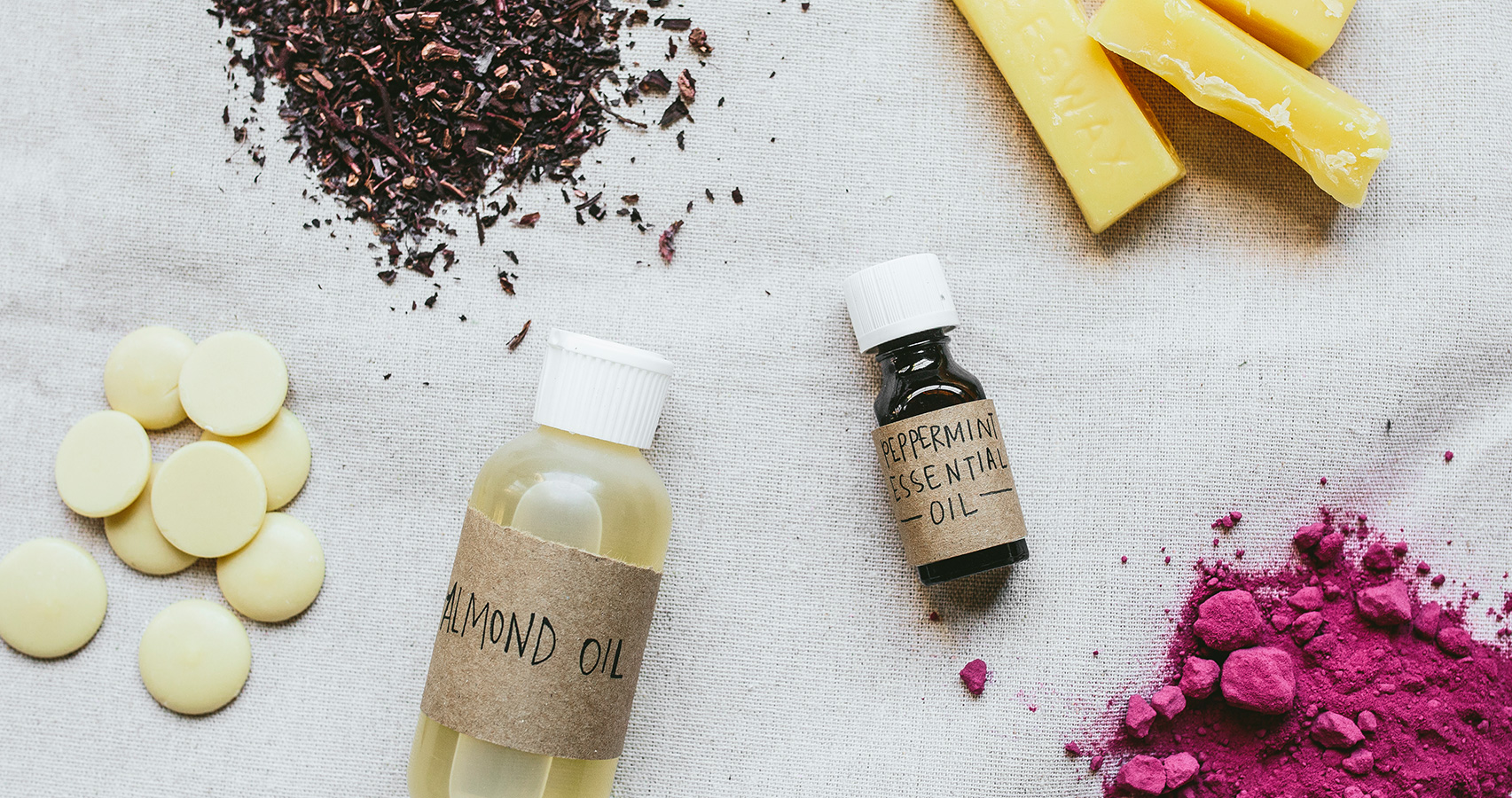One of the biggest challenges going natural is finding clean, plant-based and ethical beauty care products that work! Your lips and skin might be feeling dry and chapped this season, but there are some DIY options that can give you back your glow. This beet root lip and cheek stain recipe can be created right on your stove top, similar to an herbal salve. The only difference is that we’ve added in a bit of color.
In this recipe, we use alkanet root and beet root powder to give the stain that sheer ruby red hue. The almond oil and cocoa butter in the stain give your cheeks and lips a dewy look, while deeply nourishing your dry skin. With a touch of peppermint essential oil, this stain tastes and smells delicious! It would be great as a stocking stuffer or in your purse year-round.
Be sure to add labels to your stain so your friends and family know what ingredients were used. If you’d like the color to be darker, you can try infusing more alkanet root or adding in more beet root powder. The stain can become somewhat darker when multiple layers are applied.
Now that you’ve got this stain recipe down you can try infusing other essential oils into the mix, to create your own custom scent profile.
We hope this recipe encourages you to try more natural beauty care products, steeped in the power of plants.
For more fun plant-based projects, check out our At Home section of the Plant Power Journal.








 Beet Root Lip and Cheek Stain
Beet Root Lip and Cheek Stain